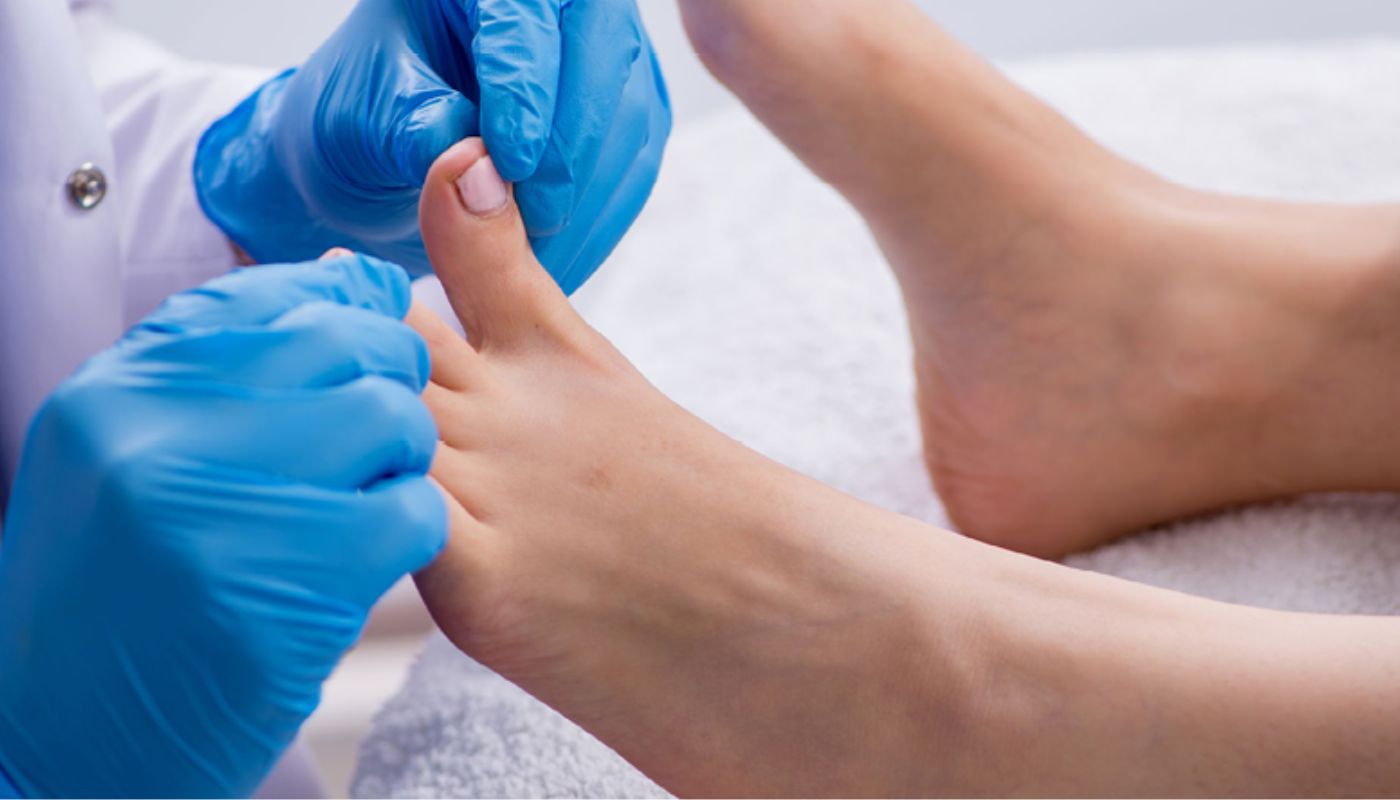
Renewed Healing: Non-Healing Ulcers Treatment at Sadhana Clinic
Non-Healing Ulcers: Procedures, Treatments & Healing Strategies
Debridement
Procedure: Removal of dead or damaged tissue to stimulate healing.
Treatment: Regular debridement promotes a clean wound bed, facilitating the growth of healthy tissue.
Side Effects: Mild discomfort during the procedure, potential for temporary redness or swelling.
Topical Medications
Procedure: Application of specialized dressings or ointments to the ulcer.
Treatment: Aids in reducing infection, managing moisture, and promoting healing.
Side Effects: Minimal, may include mild skin irritation.
Compression Therapy
Procedure: Applying pressure to improve blood circulation and reduce swelling.
Treatment: Effective for venous ulcers; helps in preventing recurrences.
Side Effects: Compression-related discomfort, skin irritation.
Hyperbaric Oxygen Therapy (HBOT)
Procedure: Exposing the patient to high levels of oxygen in a pressurized chamber.
Treatment: Enhances oxygen delivery to tissues, supports healing.
Side Effects: Rare, may include ear discomfort.
Skin Grafts & Flap Surgery
Procedure: Transplanting skin to cover the ulcer.
Treatment: Accelerates healing in cases with extensive tissue loss.
Side Effects: Surgical risks, potential for graft rejection.
Offloading
Procedure: Relieving pressure on the affected area.
Treatment: Essential for diabetic foot ulcers; minimizes stress on the wound.
Side Effects: None; critical for preventing further damage.
Here are some common types of non healing ulcers
Venous Ulcers
Cause: Result from impaired venous circulation, often due to damaged valves in the veins.
Characteristics: Typically located on the lower legs; may have irregular edges and a weepy appearance.
Arterial Ulcers
Cause: Caused by poor blood circulation, usually associated with peripheral arterial disease.
Characteristics: Found on the feet or lower extremities; may be painful and have well-defined borders.
Diabetic Foot Ulcers
Cause: Related to diabetes and complications such as neuropathy and reduced blood flow.
Characteristics: Commonly on the feet; often painless due to nerve damage; susceptible to infection.
Pressure Ulcers
Cause: Result from prolonged pressure on the skin and underlying tissues.
Characteristics: Develop over bony prominences; stages range from redness to open wounds.
Neuropathic Ulcers
Cause: Associated with peripheral neuropathy, commonly seen in diabetes.
Characteristics:Typically painless; may have irregular shapes; often found on weight-bearing areas.
Traumatic Ulcers
Cause: Result from physical injury or trauma to the skin.
Characteristics:Wound location and appearance vary based on the nature of the trauma.
- Wound Care: Keep the ulcer clean and moist, following healthcare provider recommendations.
- Nutrition: Ensure a balanced diet rich in vitamins and minerals to support healing.
- Diabetes Management: Strictly control blood sugar levels for diabetic patients.
- Regular Follow-ups: Attend scheduled appointments for ongoing assessment and adjustments to the treatment plan.